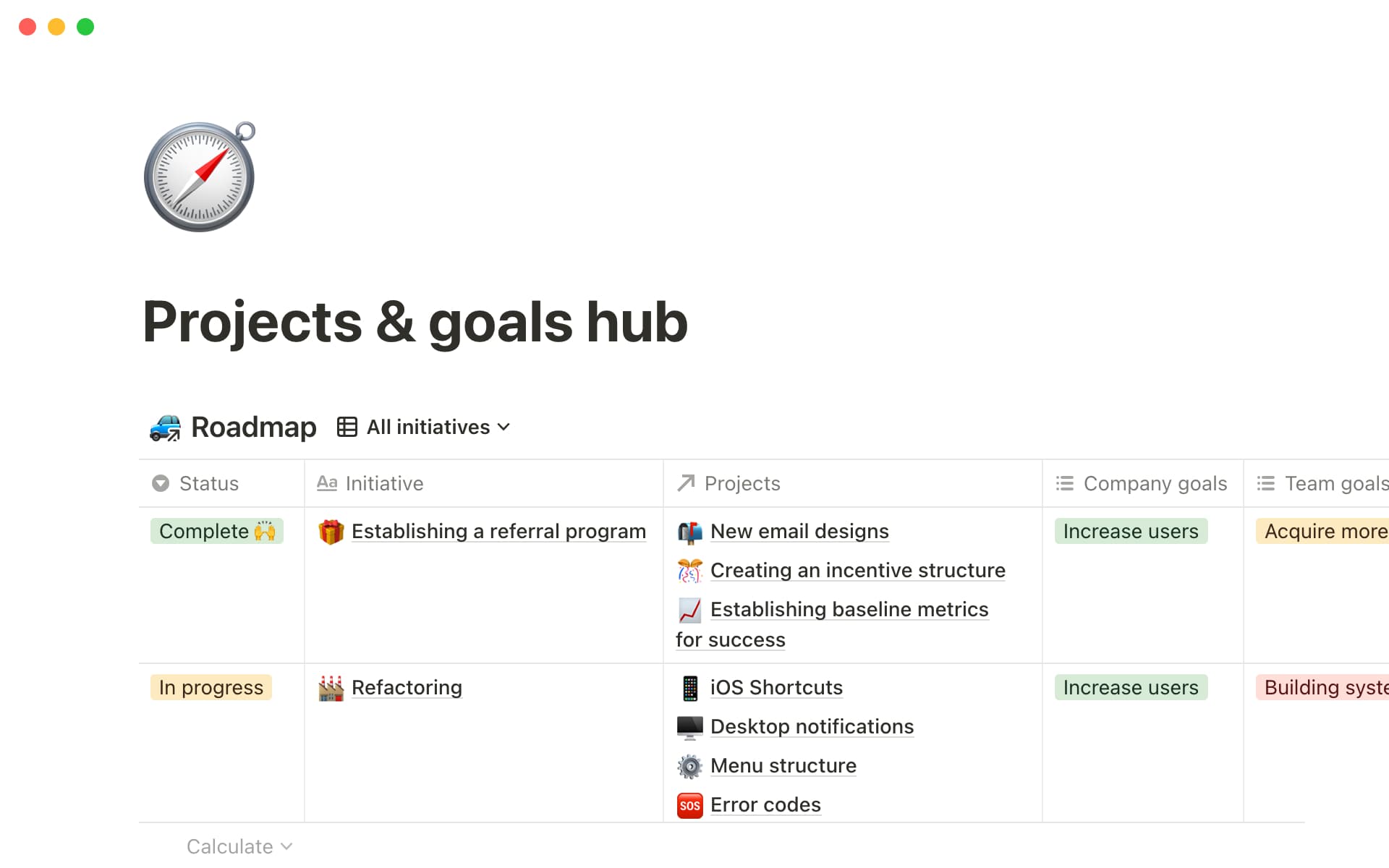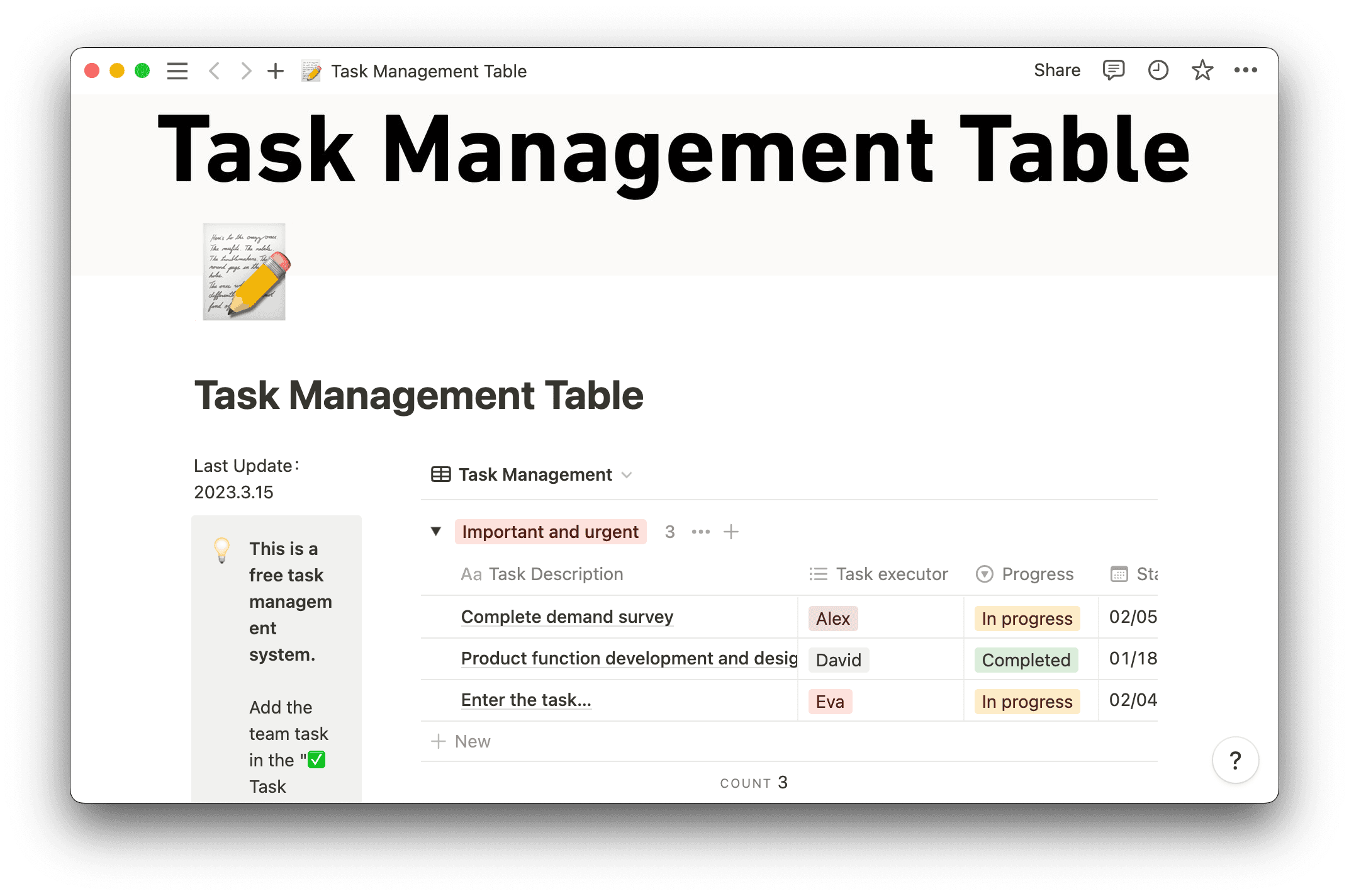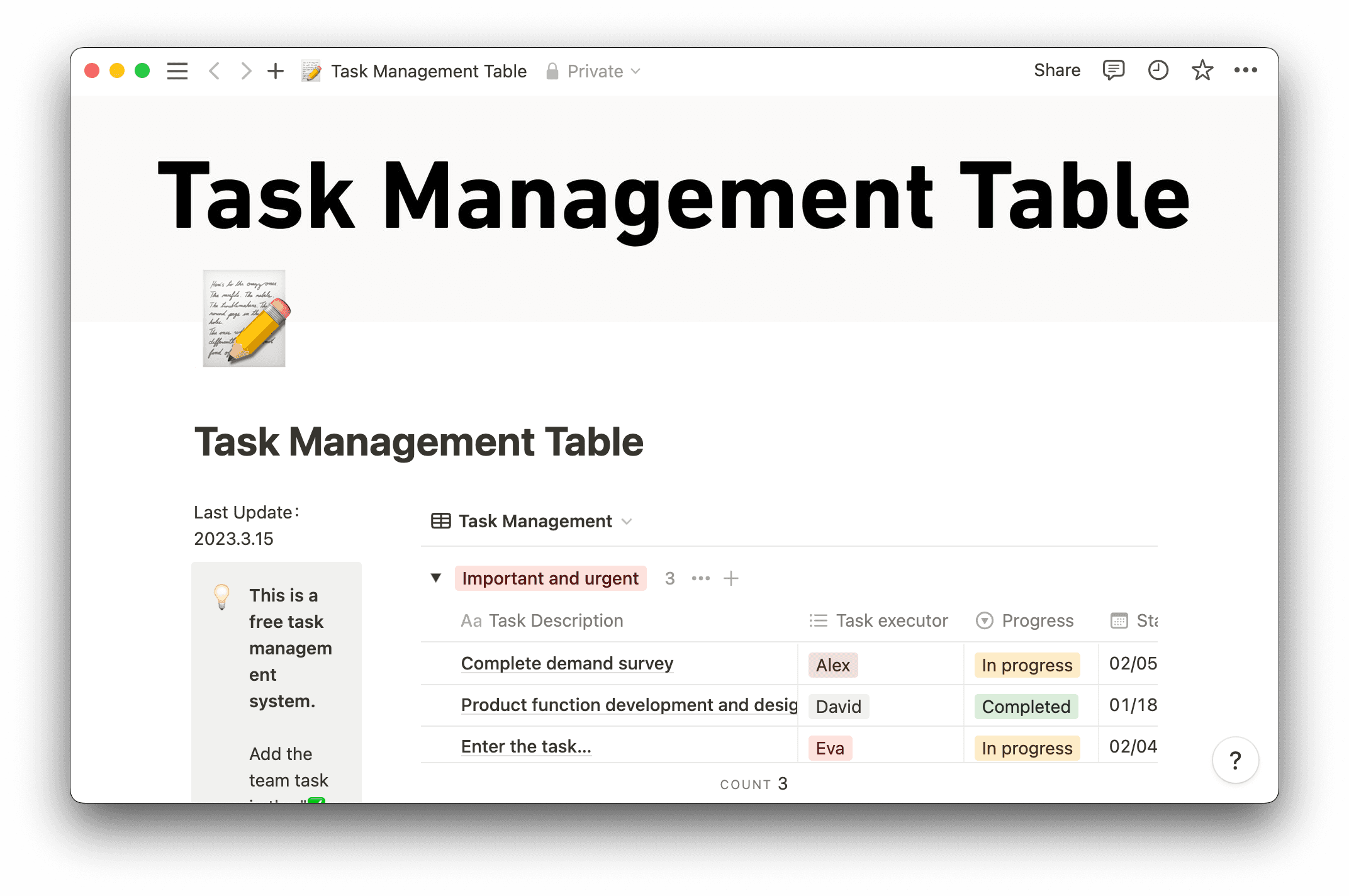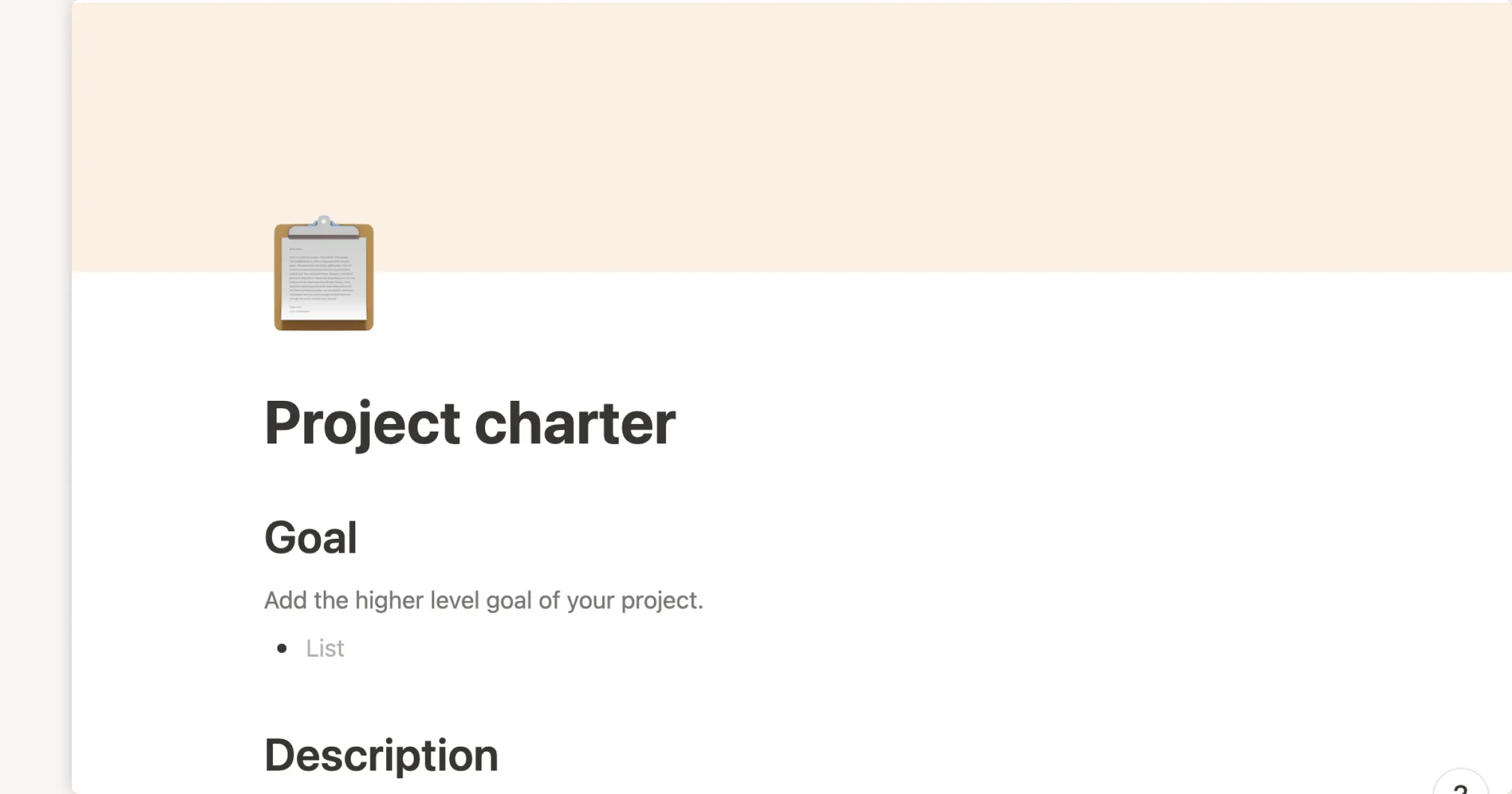Communication is a primary factor in the success of any project.
Project collaboration demands that you share information with your teammates, like what you’re working on and when. But even if you’re working solo on tasks, you still should share status updates with your employer or client. Without frequent check-ins, you set yourself and your teammates up for scope creep, misunderstandings, and delays.
What are status updates?
Status updates are verbal or written communications about a project’s current condition. Employees typically update their team about how tasks are going and whether deadlines need adjustments. And project managers send updates to other leadership members or clients to ensure everyone understands how a project is progressing.
You can also send status updates for specific situations, such as adjusting a deadline or adding another feature. Or, if you have a change management process in place, sending a status update might allow you to gain approval for a change to the project’s scope, helping you avoid scope creep.
Types of project status updates
Based on your team’s size and project scope, you’ll implement different update styles and cadences. Here are some of the most common types.
Time-based status updates
You’ll use these to review a certain timeframe’s work and plan for the next. The most common time-based updates are:
Daily
Weekly
Monthly
Quarterly
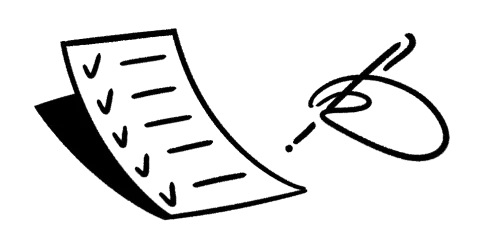
Content-based status updates
Here are some of the most common content-specific updates:
Informational updates review the project timeline or milestones without any direct action items
Progress updates outline current tasks in progress and highlight project roadmap pit stops
Action updates assign specific tasks to your team to keep everyone moving forward
Risk updates regard new bottlenecks or roadblocks and how to address them
6 elements every status update should include
Even though the exact contents of your update will change due to context and timing, here are six elements most efficient and thorough updates include. Even if you deliver your update verbally, you might want to jot down this information to ensure you remember every detail.
1. Project info
At the top of your status update, situate your information by including your project name, the project manager, and the date. Also add any relevant details such as overall project cost, time estimations, and start date.
2. Project summary
One of the most essential parts of your project status report is an overview of the tasks that require monitoring, like work in progress and who’s responsible. You can present this in a table or list that team members can understand at a glance. However you choose to showcase this information, tracking each milestone within your project through status updates allows all concerned to comprehend progress.
For each milestone or project event within your summary, indicate the current status, like complete, in progress, or overdue. This helps everyone understand whether the team’s on track and what you need to discuss in the chat.
3. Overview of stakeholder concerns
Throughout the day, week, or month, you’ve likely accumulated stakeholder concerns like employee delays or client approval hiccups, and potential risks may have popped up that you’d like to plan for. List these in your update to ensure that your team chats about tackling these real or potential roadblocks.
4. Highlights
Showcase team wins like completed milestones and tasks employees finished ahead of schedule to encourage your teammates to keep up the good work. If this is a daily update, you might not have much to point out, but for weekly, monthly, and quarterly updates, it’s great to discuss successes alongside challenges.
5. Additional documents
Provide links to relevant documents like your project roadmap and task checklists or a RACI chart that outlines stakeholder responsibilities. As you discuss certain roadblocks or successes, listeners can easily access documentation to better understand these updates.
6. Next steps
Include a plan for next steps based on completed items or discussed challenges. These next steps likely depend on the time frame your update pertains to. If it’s a daily update, you’d focus on the following day’s priorities — the same goes for weekly, monthly, and quarterly periods.

4 status update best practices
A status update is only as useful as it is organized. Here are four best practices to follow to deliver effective updates.
1. Present a clear purpose
Status update meetings should be quick and to the point. You’re not typically discussing one issue in depth, but rather providing a brief overview so everyone’s up to speed.
To keep the conversation on track, ensure everyone understands the meeting’s purpose beforehand — perhaps in the video call information or with a quick DM — and clarify this purpose at the start of the chat. You can also rein in the conversation with the following prompts:
Do we have any open action items?
Do we need to add resources?
Are there any current risks?
What are our next steps?
2. Be specific
Simply noting “Things are going smoothly” doesn’t make teammates or clients feel well-informed about a project’s deliverables. And being vague means you don’t prompt your teammates to consider every area of the project, so make sure to discuss specific tasks and milestones.
This specificity also applies to assigning action items. The goal is to have everyone leave the meeting feeling like they’re in the know and prepared to tackle their work, so be sure you close out the chat with clear and well-defined next steps.
3. Encourage transparent communication
The only way you can be specific and transparent during the status update is if management promotes this communication style throughout your team and the organization more generally. You can only deliver effective updates if you understand where your teammates are at, and what client and project manager expectations are from the project’s outset and throughout its lifecycle.
4. Add visualizations
To make your update more engaging and easy to understand, add visuals like Gantt charts, dashboards, and interactive tools such as a Kanban board. You might already have these documents created in your team workspace and can simply pop them into your update.
Project status update example
Here’s an example of a project status update you can customize to suit your needs.
Shark Robotics Project Status Update
Weekly update #11
03/31
Project manager: Chrissie Watkins
Project start date: 01/09
Total budget: $1.8M
Overview: We’re developing a new robotic shark to complement the current lineup of robotic sea creatures. We’re currently three days ahead of schedule, 65% of the total project work is complete, and we have four open tasks before we can move to the next task set.

Stakeholder concerns: Matt is worried the eye alignment will make the sharks look too realistic and has suggested a more cartoonish alignment. Lori has asked that we make the lasers green, not red. But this would add three weeks to the project timeline and increase the budget by $280,000.
Highlights: Teeth rows two and three were completed ahead of schedule. Well done, Hoagie!
Team update: Suyin is taking a week off this month, Michael Brody from the Penguin Robotics team will fill in.
Relevant docs: RACI chart, Gantt chart, Project roadmap
Next steps: Check on AI progress before the next status meeting, Chrissie will research and respond to Mike and Lori’s questions.
Keep your team updated with Notion
Status updates ensure everyone’s informed about a project and prepared to keep it moving forward. Bolster this process by housing all your status updates in a central Notion workspace. That way, you make access and collaboration simple for everyone involved. This centralization also makes it easy to connect project-relevant documents, like your single-project task tracker, multiple-project task tracker, and project goals hub.

